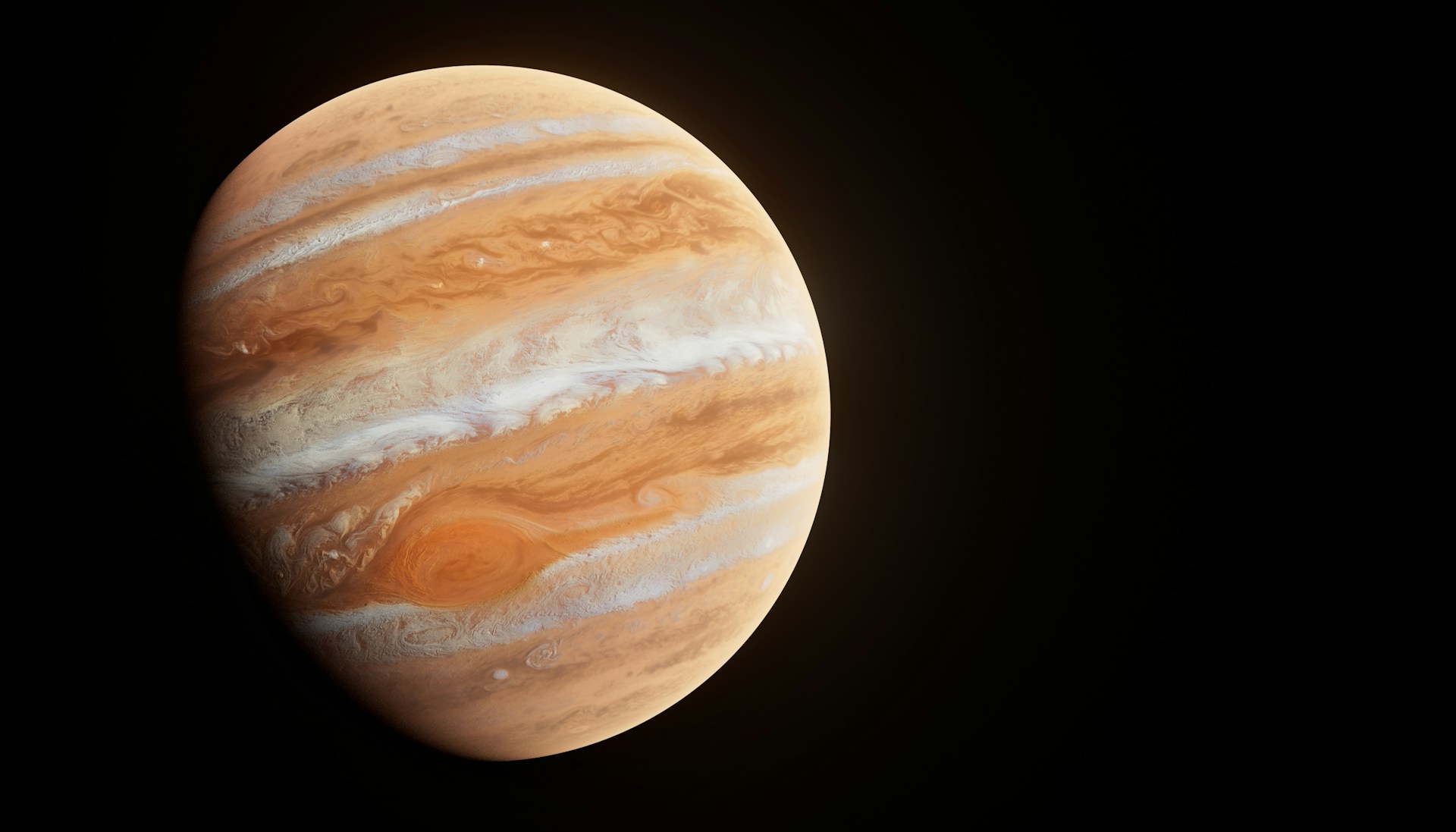Mars and Earth, two neighboring planets, have captivated the human imagination for centuries. Often hailed as Earth’s “sister planet,” Mars holds a special place in the study of our solar system. But just how similar are these two worlds? While the two share a few key features, they are, in many ways, worlds apart. This comparison explores their size, atmosphere, surface conditions, gravity, potential for life, and the strides humanity has taken in exploring these fascinating landscapes.
Planetary Dimensions and Gravity
To the casual observer, Earth unmistakably dwarfs Mars. Earth has a diameter of about 7,917 miles, whereas Mars measures just 4,212 miles across. This places Mars at roughly half the size of Earth, making it significantly smaller in both diameter and volume.
The gravitational force on Mars also highlights this difference in scale. Gravity on the Red Planet is only about 38% as strong as on Earth. For instance, if you weighed 150 pounds on Earth, you’d weigh about 57 pounds on Mars. While this reduced gravity raises intriguing possibilities for human movement and construction, it would also pose physiological challenges over long periods, as the lack of full gravitational force could impact muscle and bone health.
Atmosphere and Climate
One of the most notable distinctions between Earth and Mars is their atmosphere. Earth’s atmosphere is a rich and life-sustaining blend of nitrogen (78%), oxygen (21%), and trace amounts of other gases. It insulates the planet, regulates temperature, and shields life from harmful radiation.
Mars, in stark contrast, has a thin atmosphere composed predominantly of carbon dioxide (about 96%), with insignificant traces of oxygen and other gases. The atmospheric pressure on Mars is less than 1% of Earth’s, making it incapable of supporting human life without specialized equipment. Additionally, Mars lacks a magnetic field to protect it from solar and cosmic radiation, a feature that Earth naturally provides.
The climates of the two planets couldn’t be more different, either. While Earth’s surface temperature averages a comfortable 59°F, Mars teeters at an average of -81°F. This frigid environment, combined with its thin atmosphere, creates a landscape where liquid water cannot exist for long on the surface.
Surface Features
When it comes to surface conditions, however, Mars bears certain resemblances to Earth. Both planets display diverse landscapes, including mountains, valleys, plains, and polar ice caps. Mars is home to Olympus Mons, the largest volcano in the solar system, which towers at nearly 13.6 miles high. Similarly, Valles Marineris, an expansive canyon system on Mars, stretches over 2,500 miles, dwarfing the Grand Canyon in scale.
Mars also has polar ice caps, akin to Earth’s Arctic and Antarctic, though they are composed of water and frozen carbon dioxide (dry ice). These polar features have fascinated scientists, suggesting potential reservoirs of water ice, especially in subsurface layers. However, Earth’s surfaces teem with life and dynamic weather systems, while Mars offers an arid, barren landscape dominated by rusty red dust.
The redness of Mars, a distinguishing feature visible even to the naked eye from Earth, is due to an abundance of iron oxide (rust) on its surface. Unfortunately, this iron-rich terrain does not appear hospitable to life as we know it.
Potential for Life
The question of life on Mars is perhaps the most tantalizing aspect of its study. Unlike Earth, where life is found in nearly every conceivable environment, no definitive evidence of past or present life has been discovered on Mars. However, the possibility remains open.
Mars was likely far more Earth-like in its distant past, about 3-4 billion years ago. Scientists theorize that the planet once had a thicker atmosphere, stable liquid water on its surface, and milder temperatures. Evidence of ancient riverbeds and lake basins captured through Mars rover missions and orbiters supports this theory. These findings suggest that Mars may have been habitable during its early history, providing a foundation for ongoing studies of its potential to support microbial life.
Presently, subsurface water ice and occasional methane emissions intrigue researchers, as methane can be a byproduct of biological processes. Whether Mars harbors life remains one of the foremost scientific mysteries of our time.
Exploration Efforts
Humanity’s fascination with Mars has launched an ambitious era of exploration. Beginning with flybys in the 1960s, missions such as NASA’s Mariner and the Soviet Union’s Mars program provided the first glimpses of the planet. Since then, orbiters, landers, and rovers have collected invaluable data. Recent missions like NASA’s Perseverance rover aim to analyze rock samples and search for signs of ancient life.
The next frontier is human exploration. Ambitious plans from NASA, SpaceX, and other international agencies envision crewed missions to Mars in the coming decades. These missions promise to be pivotal in determining Mars’ habitability and its potential role in humanity’s future beyond Earth.
A Shared but Divergent Story
While Mars and Earth differ significantly in size, atmosphere, and habitability, they share a past shaped by similar forces of volcanism, erosion, and climatic change. Mars can offer insights into Earth’s history and future, broadening our understanding of how terrestrial planets evolve.
Though Mars remains inhospitable by Earth standards, its exploration unveils profound possibilities. Whether serving as a window into our planetary past or a stepping stone for interplanetary settlement, Mars continues to hold us in awe. While the differences between Mars and Earth are undeniable, their shared features remind us that even amidst contrast, connections exist.
The quest to unravel these mysteries continues. Whether by robot or astronaut, the human spirit of exploration ensures that Mars’ secrets, hidden across millions of miles, will one day be shared with Earth.






13 Comments